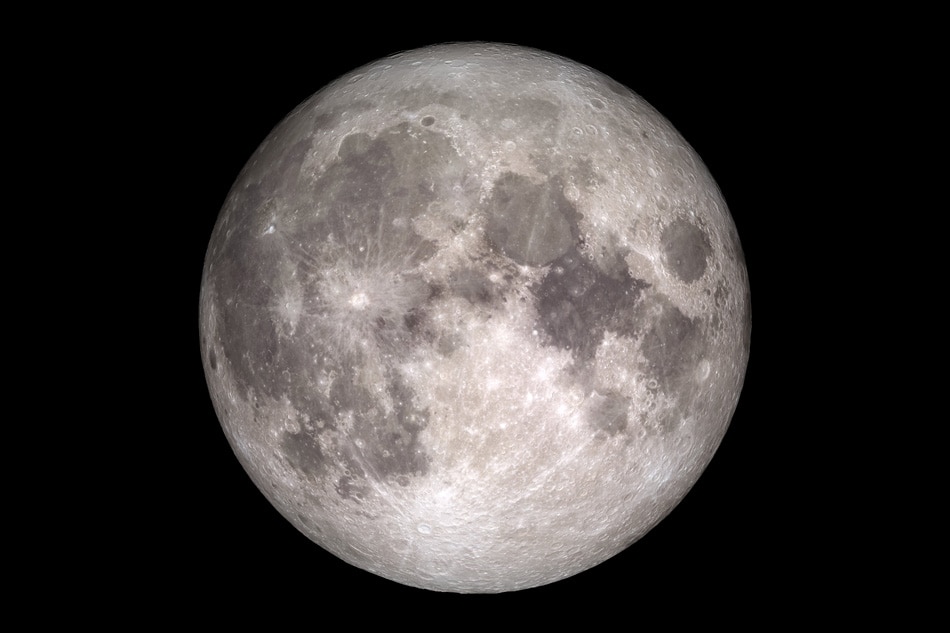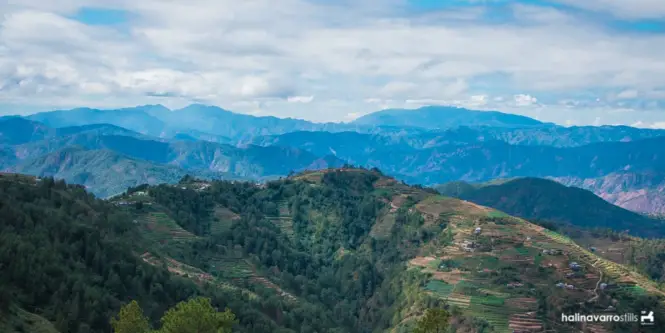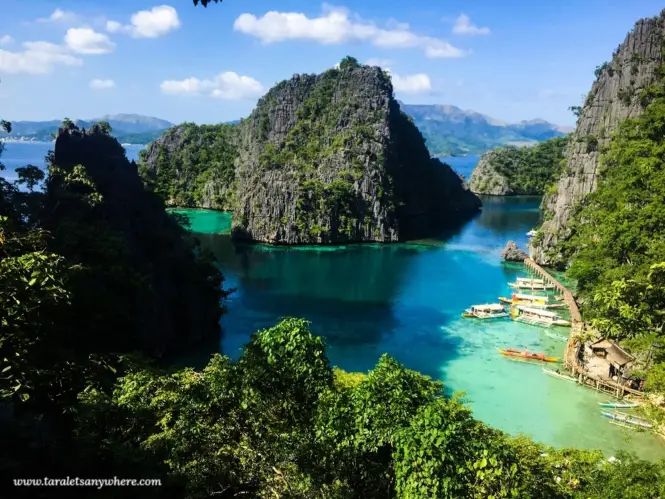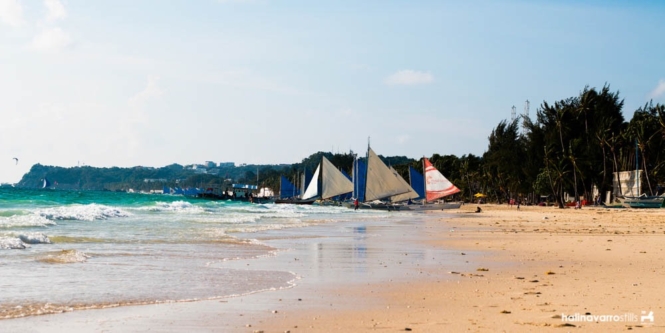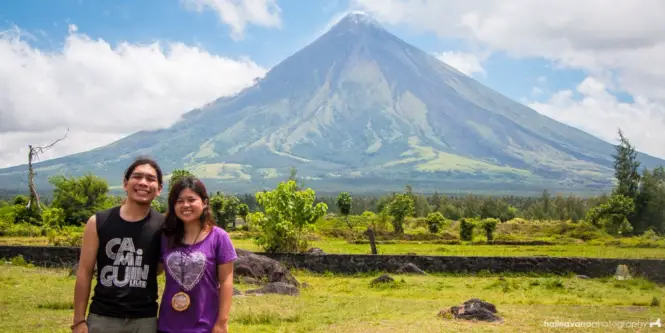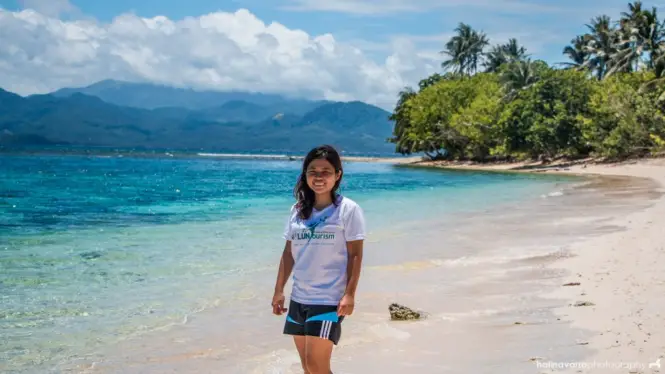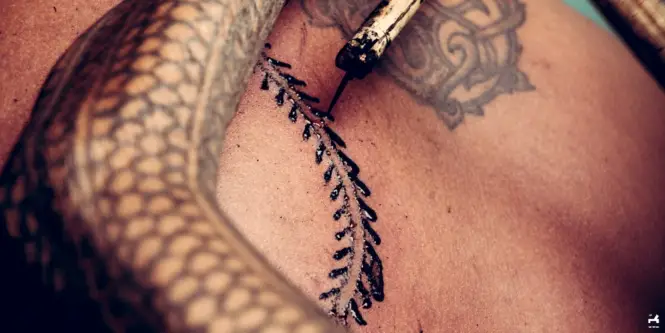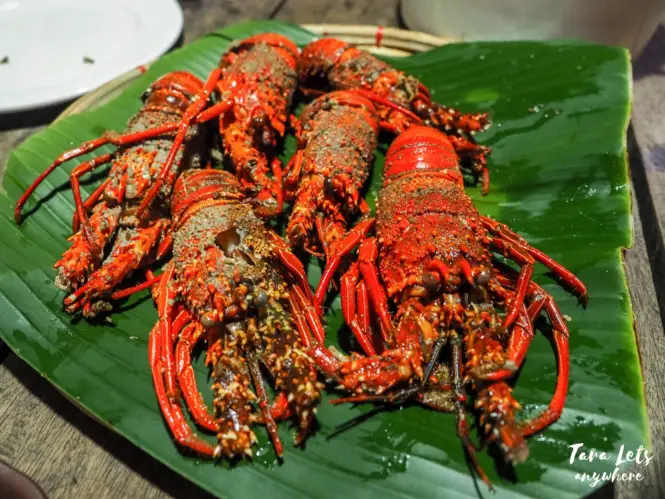Visiting the Philippines is a place I highly recommend. After spending nearly 4 weeks island hopping and getting to know the country, I learned a thing or two that I wish I had known. The Philippines is made up of over 7,000+ islands for you to explore and I barely touched the surface on this journey.
While I was visiting the Philippines, I went to Manila, Bohol, El Nido, Samal, and Davao. Each island was so different and something amazing to offer its visitors. The one thing that remained consistent was the incredible hospitality and the food. You are going to be treated like family and fed well. I hope these tips help you in your plans for visiting the Philippines and if you have any questions, leave a comment.
VISITING THE PHILIPPINES: 17 TIPS:
- Don’t leave the airport without the local currency, Pesos – I cannot stress how important this is. It took me 6 days to find an ATM that was international and would take my debit card. Normally I would get the local currency at my airport but they did not carry it. If you are heading to more remote islands, I would highly suggest to make this a top priority. It is very rare to find places that take credit card. Everyone wants cash.
- Tip: Some of the airports charge a fee of 100-200 pesos just to wait in the terminal for your flight. This is done by cash only.
- Tip 2: Make sure to set your debit card on a travel alert so you are not denied cash when you need it.
- Tip 3: You can check with your hotel before arrival and see if they have an international ATM, as some of them do. However, if you are taking a taxi from the airport, you will need local currency.
- Traffic can be overwhelming – this is not the same as Columbus, Ohio traffic jam in the afternoon leaving work. I’m saying it can take you 1 and a half hours to go 3 kilometers in traffic during their rush hours because a lot of people live here. It will literally be stop and go traffic for the duration of the trip, so prepare yourself for this while visiting the Philippines.
- Tip: Plan ahead if you need to get somewhere that is time sensitive, especially the airport.
- Bonus: Use Uber to get around. With their fixed rates you never have to guess what your fare will be. I paid about 200 pesos to take the hour and a half drive. To break that down, the exchange rate with U.S. dollars is 45 pesos to 1 USD. Not even $5 dollars for an Uber.
- Try everything that is UBE – UBE is a purple yam and the Filipino culture loves it. They have created all kinds of amazing foods from it and it can be addicting! From gelato to jams, cakes to pastries – don’t miss this unique food.
- Get a portable wifi hotspot – most lodging has wifi in the big cities and it works great. When you are roaming the cities it is nice to stay connected and not have to pay a fortune in international cell service. I use Skyroam when I travel and it’s as low as $8 dollars a day for a 24 hour connection.
- Bonus: Skyroam allows you to add up to 5 devices – this means you can run it on your phone and computer or even it share it with your travel companions.
- Double Bonus: Skyroam is very lightweight and can fit in your pocket or easily into your bag.
- Side note: Skyroam does not work in every country. Skyroam does work in over 100 countries but it is still adding new countries. Check before you purchase one to make sure it covers the areas you are going to.
- Don’t drink the water – some people will tell you not to others will tell you it is ok. If it is from a faucet, I would suggest no. Stock up on water, even to brush your teeth. All the hotels I stayed in over my visit actually provided 2+ bottles per day as part of the room.
- Tip: there were a few times I was massively dehydrated and asked my hotels for more water and they provided it. Don’t be afraid to ask. Otherwise, you can purchase some and its very cheap.
- Take in a sunset – No matter which island you find yourself on while visiting the Philippines, they are equally as magical! I was fortunate enough to see many sunsets during my trip and its very easy to fall in love.
- Tip: The sunsets were different around the islands from oranges to purples – but all just as lovely!
- It is hot in the Philippines – Located in Southeast Asia, the Philippines keep a warm wet climate year round. There is a lot of breeze to go around though – as it glides through the 7,000+ islands.
- Tip: Even if the sky is dark grey during the day, wear sunscreen. That dark sky still has a sun and it is going to burn your skin if you don’t take precautions. I made the big mistake of not using sunscreen because it looked stormy – and then I spent the next four days in bed burnt to a crisp. Don’t let something you can prevent ruin your trip.
- Tip 2: If you are burnt, stay inside. The sun and heat will make it worse than it is. I left my hotel for supplies the day after I got sunburn and it felt like my skin was melting. Cool showers, aloe and sleeping in a cool bed with little to no clothing so it doesn’t irritate your skin – this will do wonders.
- Bonus: there are places you can get an aloe massage for your burn and it’s not very expensive. I would highly recommend this.
- If you plan to visit more than one island, try to pack everything into a carry-on – there are many local air carriers that allow you a carry-on up to a certain weight free of charge. They charge for extra weight and for checked luggage. Keeping a carry-on allows you to move through the airports quickly and not to over pack. As an added bonus, you save money by not having to check your luggage .
- Tip: The weather is pretty warm so you won’t need winter gear to visit. Think light clothes, bathing suit and 2 pairs of shoes: 1 flip flop and 1 tennis shoe or dress shoe, depending on your plans.
- Bonus: laundry is unbelievably cheap to do. Maybe $2-3 USD for a good amount.
- Pack flip flops, they are essential – it does rain and the streets hold the water for a little while – having flip flops you can wash off helps in not ruining your shoes. I would suggest rubber flip flops since leather ones will get wet and then stink. I was caught in the rain several times and I am so glad I had shoes that could withstand the flooded streets and not fall on my face. You’ll be glad you packed these.
- Tip: if you forget to pack them, no worries. Everywhere sells them. You’ll be able to secure a pair in no time.
- The Philippines is more than just beaches – the beaches are beautiful and offer different color sands, but there is also jungles and mountains. Get out there and explore! You won’t regret taking in more of the countries beauty.
- The Philippines can be done on a backpacker budget or a luxury budget: Southeast Asia is reputable for being a backpacker and budget travel area. However, after staying in luxury properties for most of my trip, I can assure you there is plenty of luxury to go around. The islands offer something for everyone: you can go as cheap as $10 a night in some hostels to $1000+ a night in villas over the water. It’s all about how you want to tailor your trip.
- Bonus: no matter what your travel style, the Filipino culture is extremely hospitable and offers top notch service.
- Bring common medications with you: I did get sick a few times and I needed Imodium, was severely dehydrated and had a cold. You know what medications work best for you – pack some back-ups just in case you find yourself sick. Sometimes it can be hard to find things you know and are used to using in foreign countries. It never hurts to be prepared when visiting the Philippines.
- Tip: It wouldn’t hurt to bring a mini first aid kit. I needed band-aids a few times from cutting my foot on some coral..and guess who didn’t have anything? Yep-me.
- Everyone I met spoke perfect English and it is wildly popular throughout the country – this was a huge bonus for me. Being able to communicate in full sentences really helps the transition. This isn’t a make or break deal for travel for me nor should it be for anyone else, but it is comforting knowing you will be able to talk to people and get where you are going or whatever you need. The culture loves tourists and they will engage you and get to know you.
- Bonus: Don’t be surprised when you have a flood of new friends – the culture is very friendly!
- Definitely visit more than one of the islands – since the Philippines are made up of over 7,000+ islands .. you might as well visit more than one. Deciding on which island to visit is going to depend on what your interests are. If you want to swim with whale sharks (seasonal) then you will want to go to Cebu. If you want to island hop and see the most famous islands and lagoons, then El Nido will be your destination.
- Tip: getting between the islands is not very expensive. Book in advance and save a little money on your tickets and/or ferry or bus fares.
- Pack bug spray and use it – if you are visiting the Philippines, bring bug spray! Zika has sort of died out, so that isn’t such a big worry, but there are still bugs. It may be easier to just take the precaution. There are a lot of mosquito’s, so even if they aren’t carrying Zika, they are still going to bug you.
- Eat your food Kamayan – which means with your hands. It’s traditional to eat food without utensils and to bond with others in the Filipino culture. I was able to do this once on my trip and it really brought the table together – versus everyone being on their cell phones. This was a great cultural experience I had while visiting the Philippines.
- Get a window seat on the plane – You don’t want to miss being able to see the beautiful water and the islands coming to, moving among or leaving when visiting the Philippines. Even when it is gloomy out you can see the magical colors of the water around the islands.
Pin for Pinterest:














